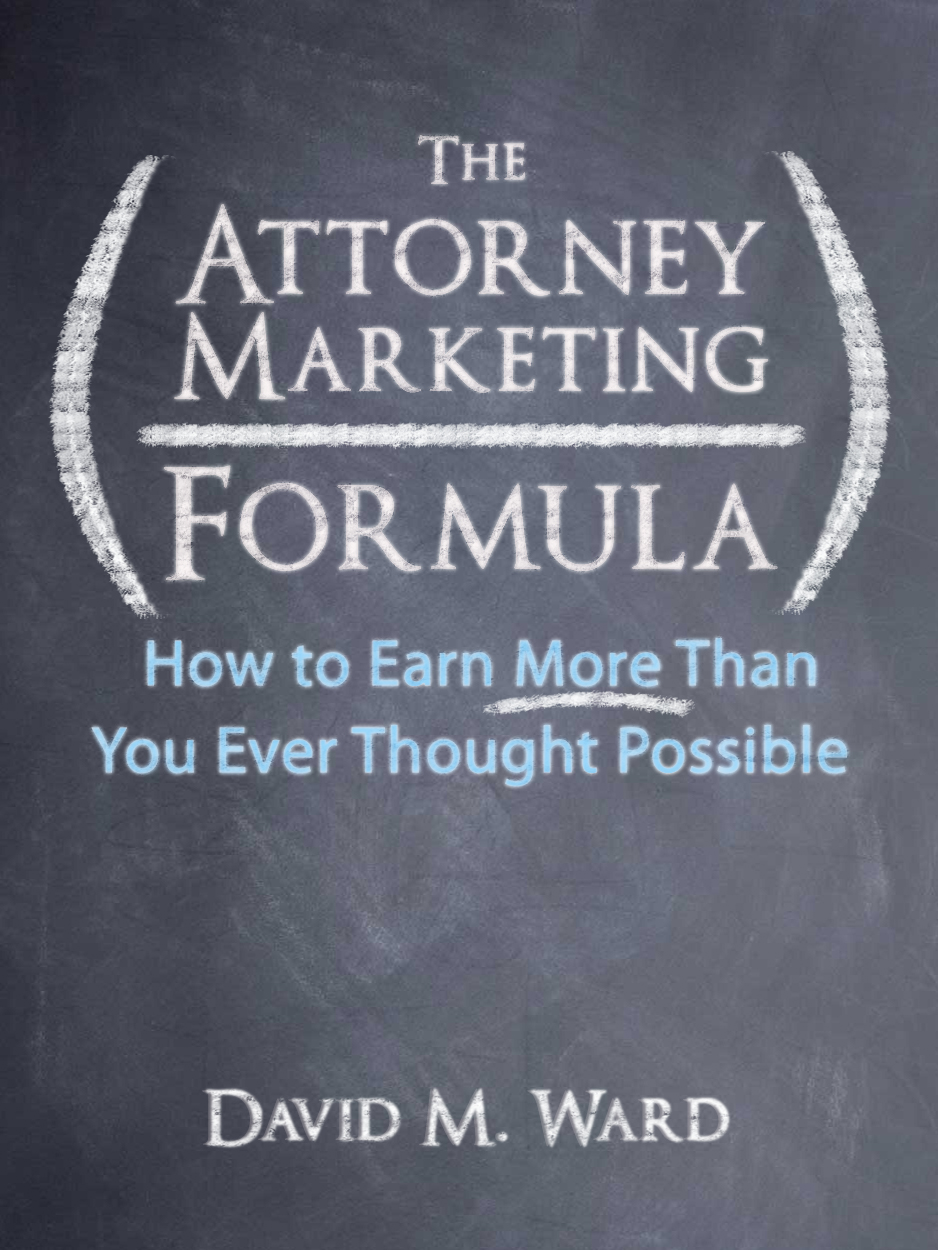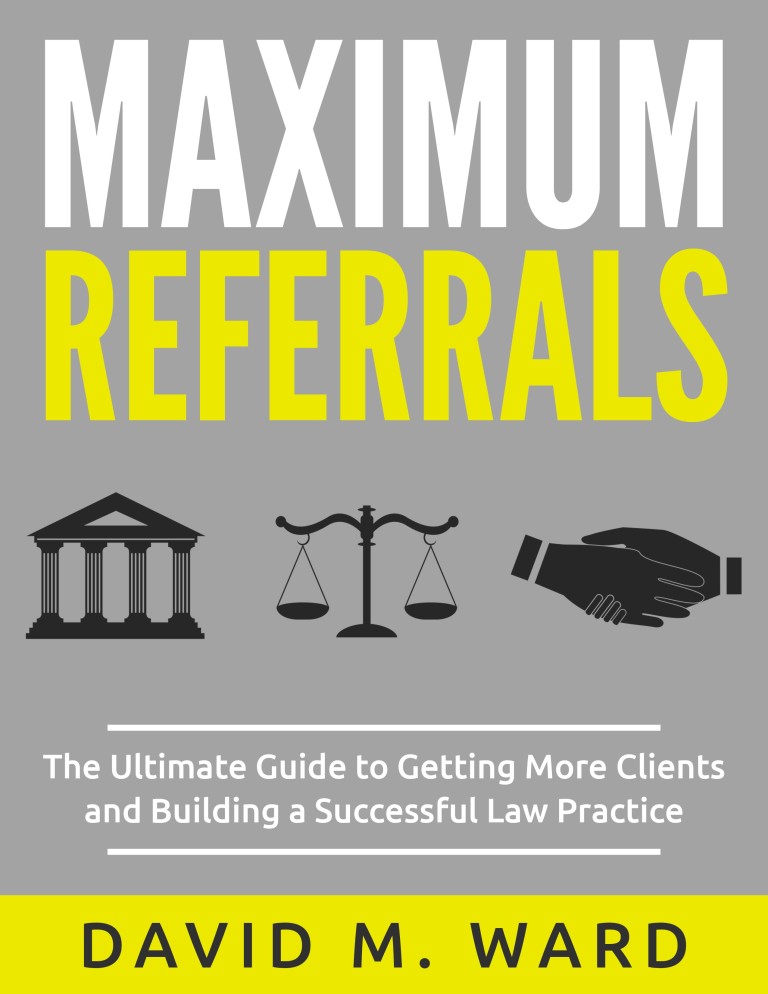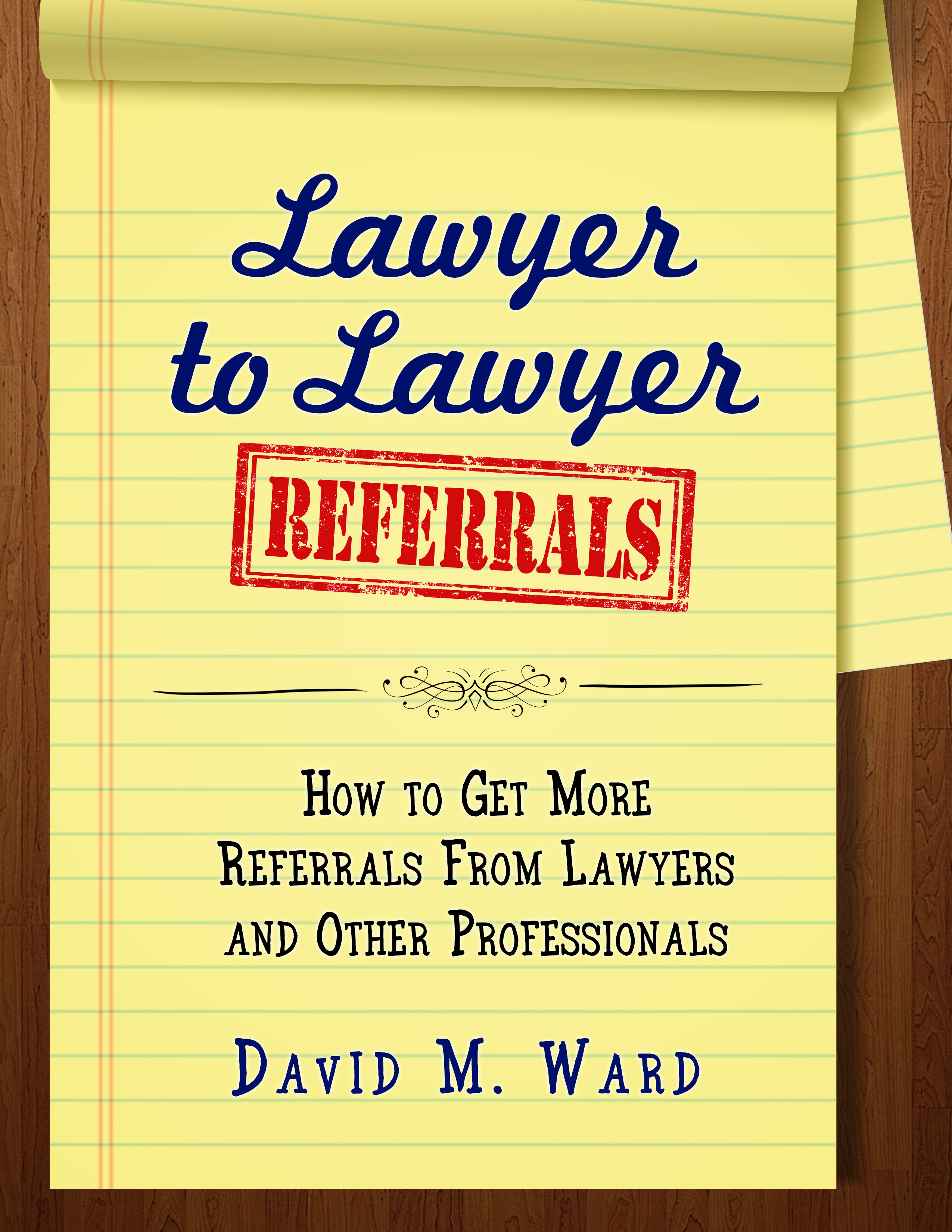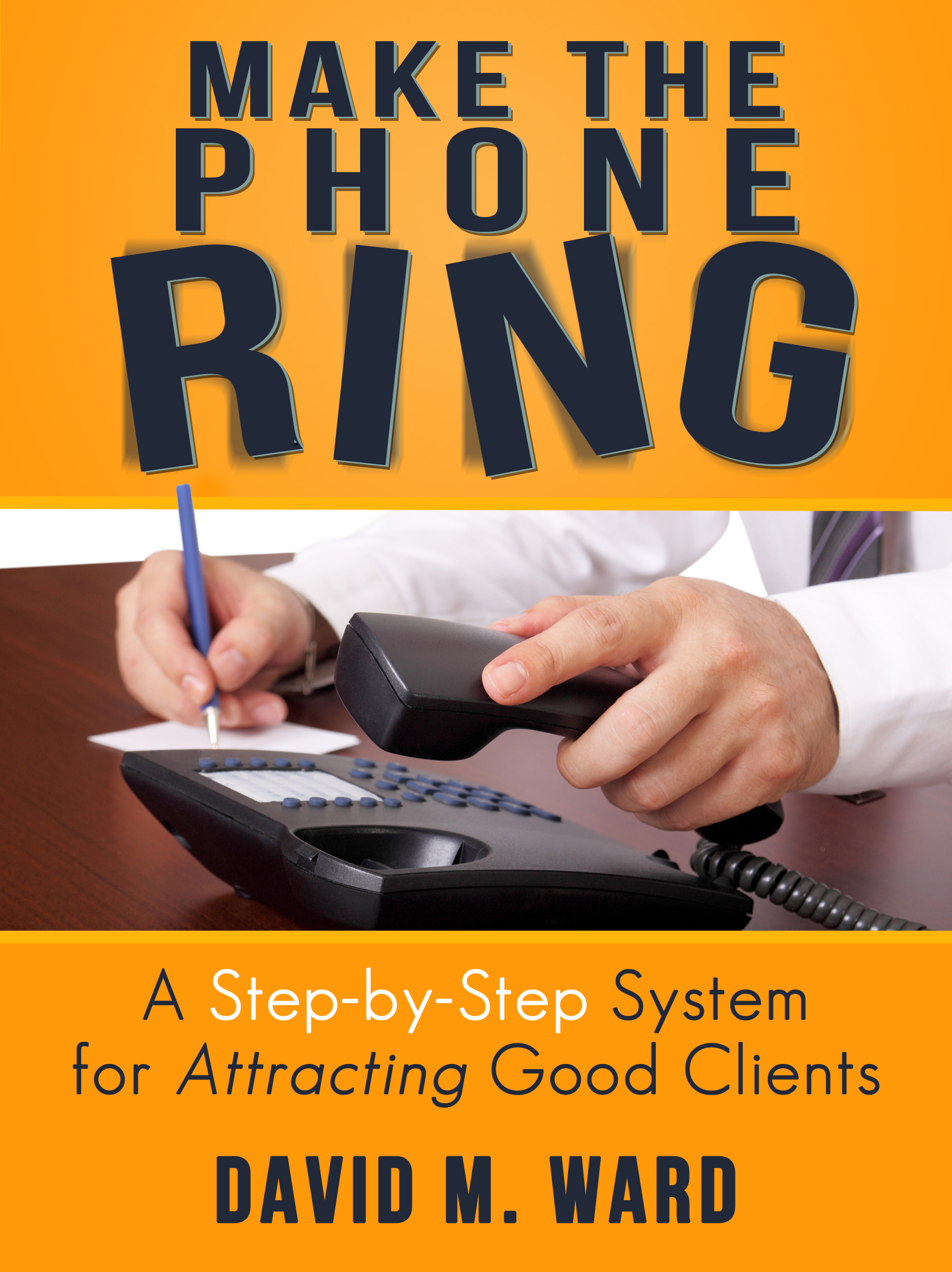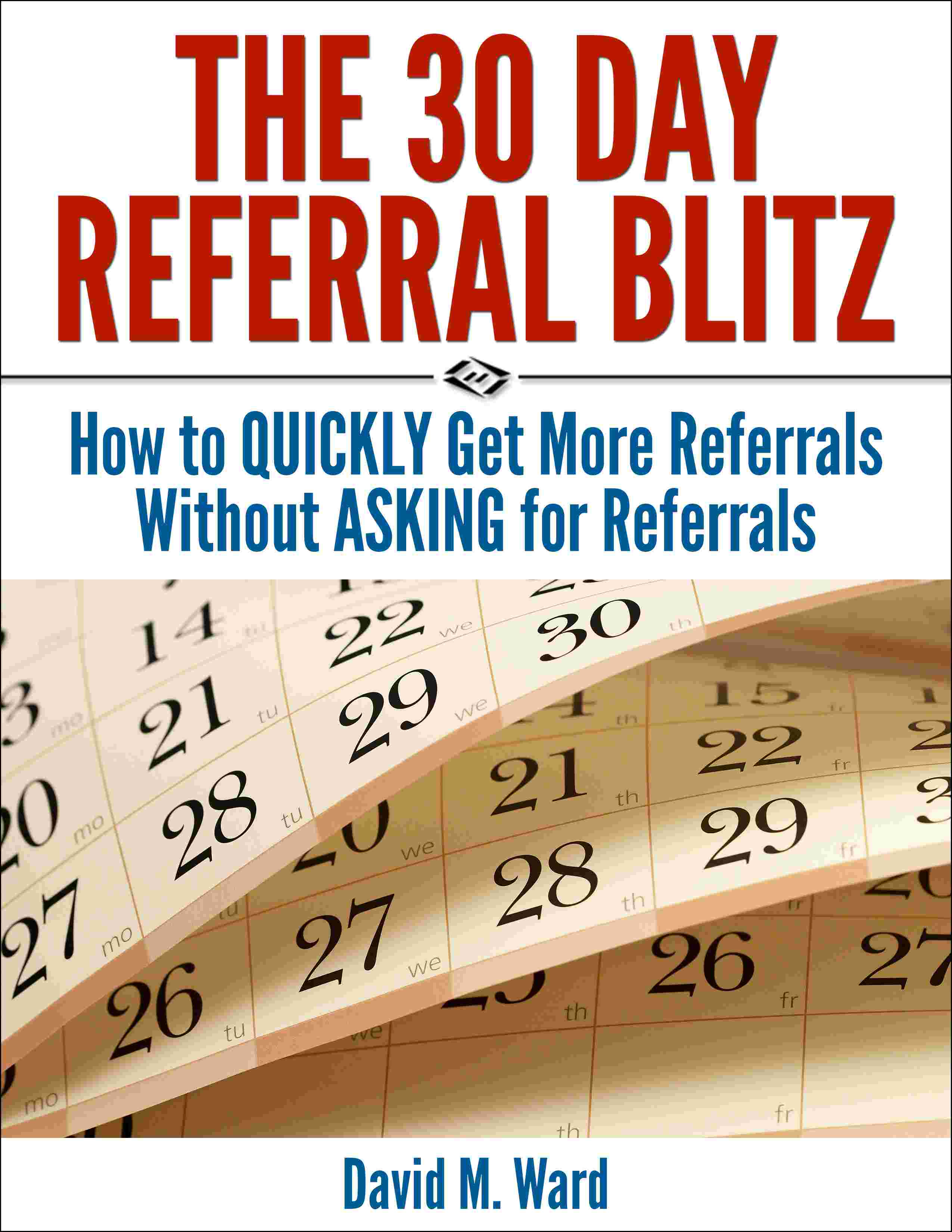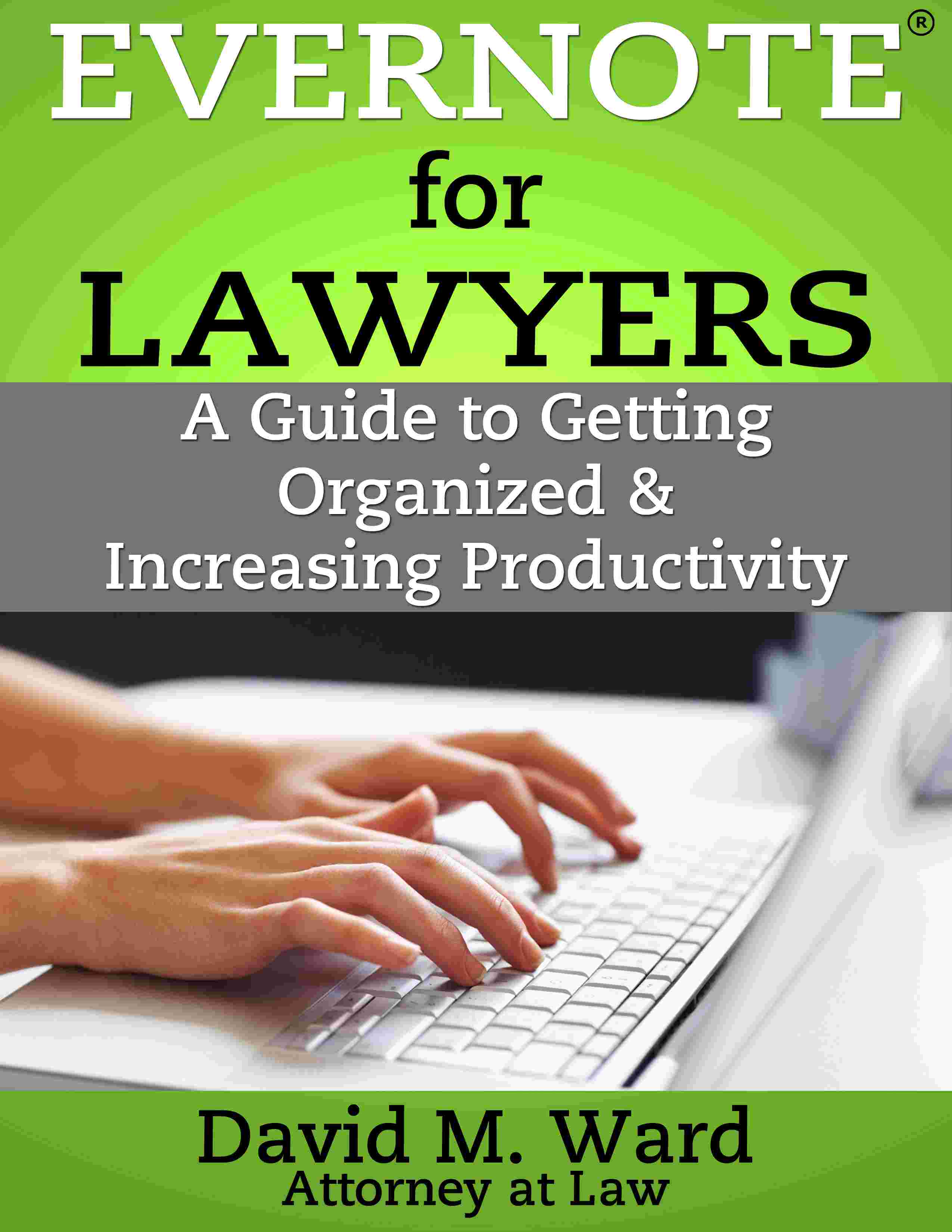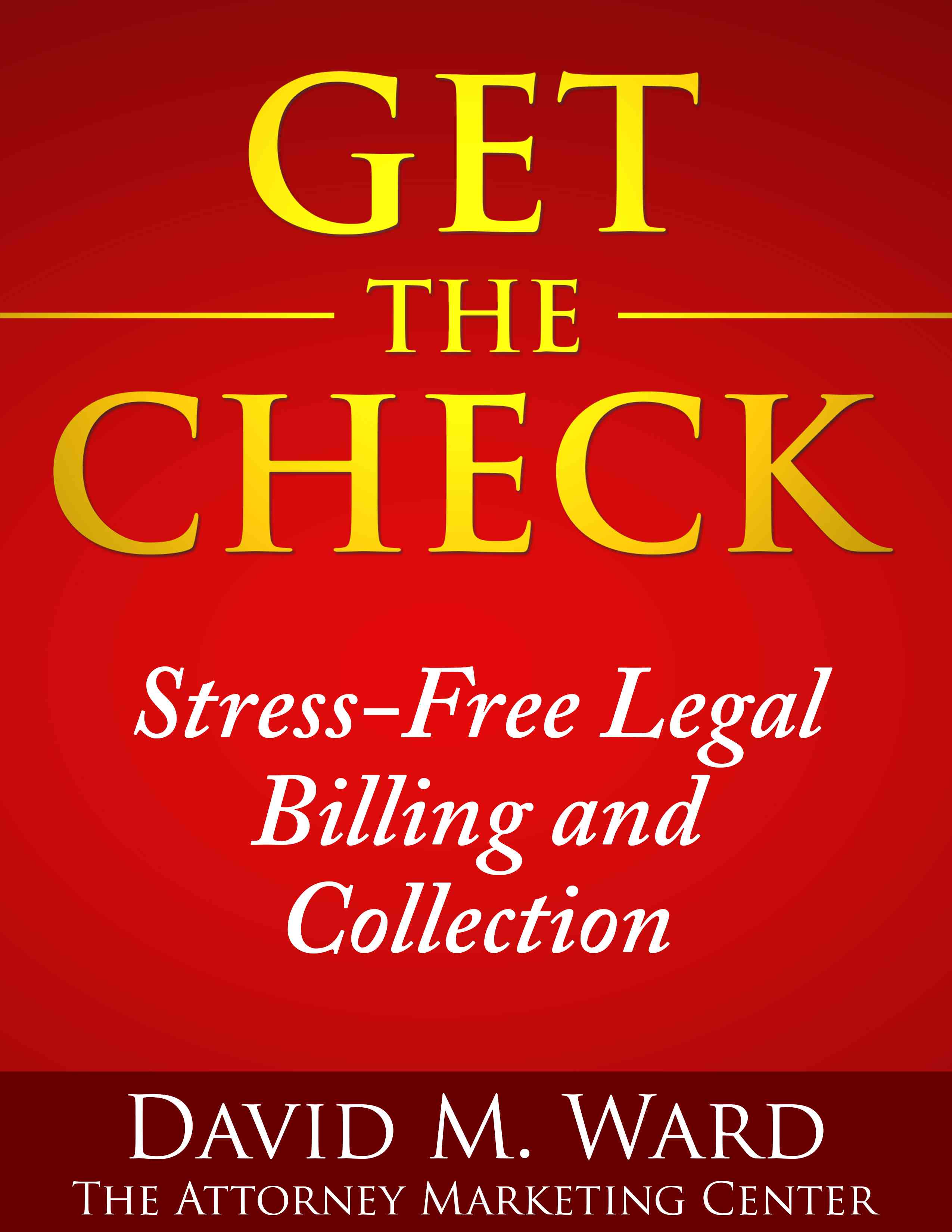It’s called a listicle and it’s exactly what it sounds like–an article that is basically a list. They’re easy to write because you don’t need to provide a lot of detail or analysis, and the title or headline usually writes itself:
- 3 things you MUST do before you file for divorce
- 5 reasons bankruptcy might not be right for you
- 10 ways to help your personal injury lawyer get a bigger settlement for you
- 11 websites I recommend to all my estate planning clients
- Want to re-negotiate your lease? Here are 15 ideas that might save you a fortune
- 22 tips for small business owners who want to get paid
- 127 reasons why you should hire me instead of any other lawyer
Kidding about the last one. Or am I?
Readers like listicles because they know they can scan the article and find a few useful ideas.
To write your first (or next) listicle, start by brainstorming topics, things prospective clients usually ask you, for example. Also brainstorm ideas or tips for the body of your article.
If you don’t have enough content, visit your favorite search engine and scoop up more tips, answers, or ideas. Don’t forget to visit other lawyers’ blogs.
For future listicles, start collecting tips or ideas and saving them to a file. Also collect listicle-type headlines you can use as templates.
You can use a listicle headline from any field. For example, the headline, “5 Steps to Improving Your Garden” can become “5 Steps to Updating Your Estate Plan”.
More ideas for blog posts and articles can be found here

